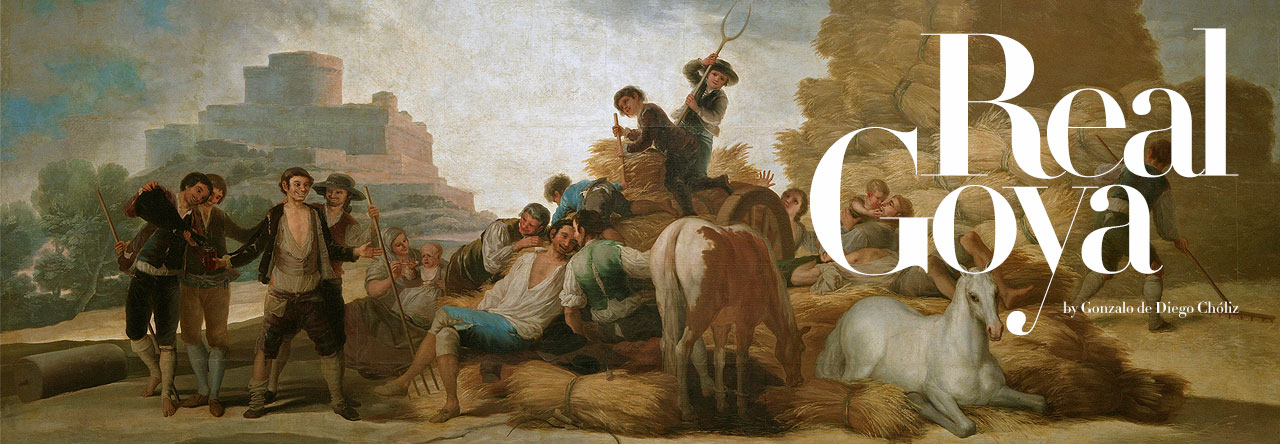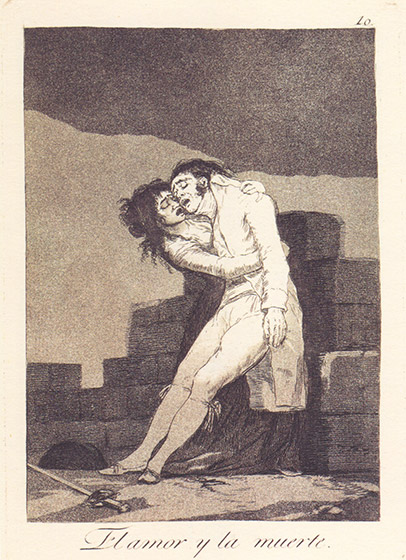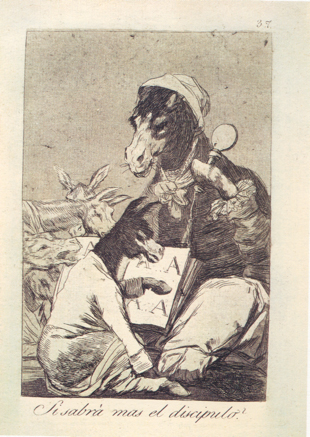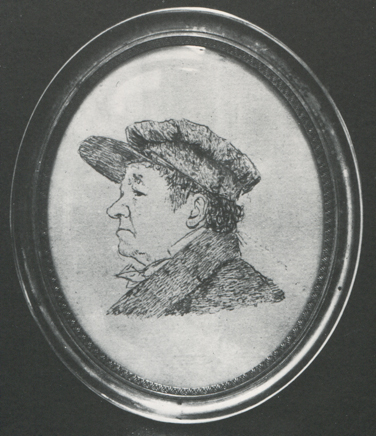Person sensitive and especially attentive to what art looked around, never missing a demonstration, went to all exhibitions -even the inauguration if nothing prevented- and was elegant and positive in their opinions, that no judgments, about the work and the intention of others. He preferred to remain silent rather than point out.
I had the fortune to treat him personally because we had rediscovered in the seventies, recalling the old times of the sixties in the Academy of don Alejandro Cañada. I prepared Architecture and he the Fine Arts membership. He went to Barcelona and I did for Madrid… until meet us again a decade later in the common Zaragoza.
When, both retired, we saw each other at Isabel Bailo Gallery, owner, friend and excellent true seller, i.e., of which sold much and immediately paid the artist. A truthful gallerist, worthy heir to parental honesty and righteousness. Actually, the shamelessness of selling art and not pay the artist is, in addition to quite usual, as simple as stupid, poor artists, although they put the self-proclaimed “Gallery” clouds in a medium supposedly artistic as which has been usual in the provincial Zaragoza of the 80’s, 90’s and following. In the general atmosphere, as superficial as children’s opinions, have been repeating, wavily, generations of insolvent leaders of opinion and upstart’s chroniclers, non-stop to a long roster of mediocre subsidized. And thus looks it now the hair to the city in this bad time of general moral and economic crisis… in which fortunately has had to come from outside CaixaBank to teach us that it is right what here has spurned for years.
We used our good chats with a coffee and talked of Zaragoza, its artists and the so-called artistic “environment”. Then I wrote my essay on “Goya to the limit” and told him the encouragement coming from abroad from good friends like Jan Martens and Hal Robinson, MGIP colleagues (Motovun Group of International Publishers) as writes Jean Arcache, its current President and director of the editorial “Place des Editeurs“, Paris “first and foremost, is a group of friends who enjoy exceptional books editing“; as well as other major publishers and responsible for publications of major international museums. Personal satisfactions exclusively enjoyed from the intimacy and only entrusted to true friends. Eduardo was one of those few worthy of confidence; Finally, and after, as well as friend, was always very discreet and intelligent person… who knew capture the truth of the satisfaction of vocational duty, and distinguish it from the straw hack and fake from a trivial ego.
I used his super library books and even had the honour of receiving his gift of “The world of Goya in his drawings“, by don Enrique Lafuente Ferrari. Thank you, once more, Eduardo.
By the way, that in regard with Goya, used to discuss everything with him had relationship, in this homeland of the largest artist who gave Aragon. From the successes and failures of the initiatives and local exhibitions or the false attributions that, occasionally, intrepid collectors and interested people launch to the typical true-blue air of the area. Or the latest news that some specialist attributed to Goya without taking into account the impossible anatomy and very clear failures that this piece cries out to the world.
In short, a bit of everything, of worldly frivolity of a city like Zaragoza and also talks and greater shaft parcels. As to purpose of the light in the Zaragoza landscape Eduardo rightly pointed out the subtlety of grey and ochre in the palette of Goya and I encouraged him to write and make it public on the blog of “Realgoya“. But artists are reluctant to write about this kind of things. Also since years ago another painter, Jorge Gay, has my invitation to do so in about the goyesco roses… without result up to now.
Always interesting and juicy conversations about art and artists. Or organizers of exhibitions and art defenders (called latent creators) of individual experiences as a David Silvester, on the occasion of the exhibition of Francis Bacon in Madrid (Prado Museum). The same David Sylvester who in 1992, after twenty years of work, would present at the Grand Casino of Knokke (Belgium) the five volumes of the Catalogue Raisonné of Magritte. And to whose European presentation, under the auspices of the Menil Foundation in Houston, I had the honour to be invited.
Talks, changes of impressions, information back and forth, always active, enriching, entertaining and interesting that it would only frustrate Eduardo disease. I knew by him of health problems and we saw less each other, but we talked on the phone from time to time, although we were not from last Christmas, completed the great success of his exhibition at La Lonja.
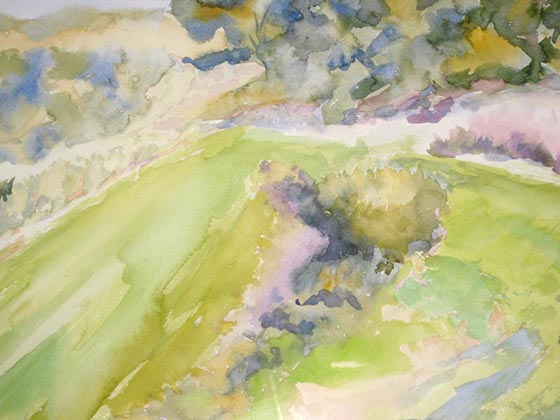
Eduardo passed away on May 23 in Zaragoza.
What can I say? Salavera was a fine, educated and discreet guy who knew how to make a name in his hometown without fanfare or free poses; with simplicity and the truth of his painting at the front; with all the colour always bright even in paintings of the English coasts, in memory of visits and some summer next to his daughter living there. He was someone who had the fortune of going through life learning with curiosity of what was happening to his around and who has marched with the fulfilled duty. Also with him I learned that, to be a man fair and smart at maturity, you have to be able to give hope, that is the duty of graced with talent (Capote). Is there no mediocrity? How it won’t be, if we are imperfect, capricious and weak! And that, at maturity, the first question of any honest person is if you really believe that you deserve what you got. Salvador Sostres writes it and I subscribe it entirely.
There is that, might say, with the satisfaction that brings -at least- trying it honestly. With dominion. Thank you very much, Eduardo. How good would this world be if everyone did the same, in your way, with happiness and pride. With the same honesty and conscience, you did. We would all be better.
Rest in peace, friend. I think that you’ve won be in a good place.
Gonzalo de Diego
